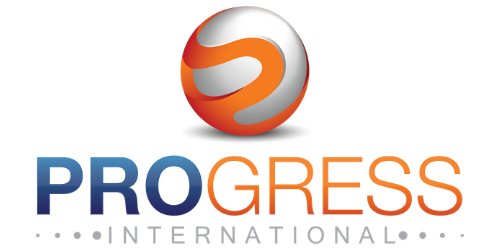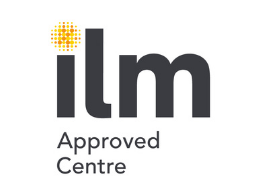In today’s competitive landscape, companies are discovering that the key to long-term success lies in the personalised development of their people. The days of cookie-cutter development plans, one-size-fits-all training modules, and top-down performance reviews are dwindling. Instead, 360-degree feedback has emerged as a leading tool for businesses that understand the value of tailored growth pathways for their employees.
What sets 360-degree feedback apart is its multi-rater system, which gathers perspectives from all angles—managers, peers, subordinates, and even external clients. This diverse input is a game-changer when it comes to pinpointing each employee’s exact strengths, challenges, and growth opportunities.
Why Personalisation in Development Matters
 We know that employees are not created equal. Each individual brings a unique blend of skills, experiences, personality, and career ambitions. That’s why personalising development plans is so crucial in today’s workplaces.
We know that employees are not created equal. Each individual brings a unique blend of skills, experiences, personality, and career ambitions. That’s why personalising development plans is so crucial in today’s workplaces.
When employee development is customised, it speaks to their specific strengths and growth areas, making learning more relevant and impactful. Personalisation also boosts employee engagement, retention, and productivity. Employees feel seen, heard, and valued, fostering a sense of loyalty and satisfaction within the organisation.
However, personalised development can only happen with detailed, relevant, and actionable insights. This is where 360-degree feedback shines.
How 360-Degree Feedback Fuels Personalised Development
Broad and Balanced Input: Traditional performance reviews often focus solely on the manager’s perspective, which can lead to incomplete or biased insights. 360-degree feedback incorporates views from across the spectrum, providing a fuller, more balanced picture of an employee’s strengths and areas for improvement.
Tailored Development Goals: Once feedback is gathered from multiple sources, it becomes easier to set specific, individualised goals. Whether it’s leadership skills, communication abilities, or team collaboration, the feedback highlights what needs to be prioritised in the development process.
Enhanced Self-Awareness: One of the most underrated benefits of 360-degree feedback is the insight it gives employees into how others perceive them. Often, employees have blind spots about their behaviour, strengths, or weaknesses. Feedback from colleagues can provide the ‘aha’ moment that sparks personal growth.
Actionable Development Plans: The feedback gathered doesn’t just sit on a shelf. It’s translated into clear, actionable development steps. For example, suppose an employee scores low on team collaboration. In that case, they can enrol in workshops, be given specific project leadership opportunities, or be mentored by a peer who excels in that area.
Continuous Development Cycle: Unlike annual reviews, 360-degree feedback encourages regular feedback loops. This ensures that development is not a one-time event but a constant process that evolves as the employee grows. Regular check-ins keep employees on track and motivated, allowing for course corrections as needed.
5 Best Practices for Implementing 360-Degree Feedback for Development
Implementing 360-degree feedback can significantly transform personalised development efforts, but it must be done thoughtfully.
- Define Clear Objectives: Before launching a 360-degree feedback initiative, it’s critical to set clear goals. What competencies are most important for your organisation? Do you want to focus on leadership, communication, collaboration, or other skills?
- Carefully Select Reviewers: A mix of feedback sources is essential, but reviewers should be chosen carefully to ensure relevance and fairness. Feedback from irrelevant or inappropriate sources can skew results.
- Constructive Feedback: For feedback to drive personal growth, it must be actionable and constructive. Providing generic or overly critical feedback can demotivate employees. Train reviewers to offer balanced insights that highlight both strengths and areas for improvement.
- Create Personalised Development Plans: Once feedback is gathered, work with employees to create personalised development plans. These plans should be clear, measurable, and aligned with the employee’s career aspirations and the organisation’s goals.
- Monitor Progress and Adjust: Regular check-ins ensure that the development plan stays on track. Adjustments may be necessary as the employee evolves, new feedback is gathered, or organisational priorities shift.

Driving Growth Through Personalised Feedback
The role of 360-degree feedback in personalising employee development is undeniable. By collecting insights from multiple angles, organisations can offer employees a more accurate, well-rounded picture of their performance, helping them identify the skills and behaviours they need to develop. This benefits the individual and strengthens the organisation by ensuring its talent is continuously evolving.
Investing in a 360-degree feedback system can be the difference between a stagnant workforce and a culture of continuous development. In an age where personalised development is more important than ever, businesses that embrace this approach will position themselves as leaders in attracting, developing, and retaining top talent.
Visit our 360-Degree Feedback page for more information on how to use 360-degree feedback for personalised employee development.







